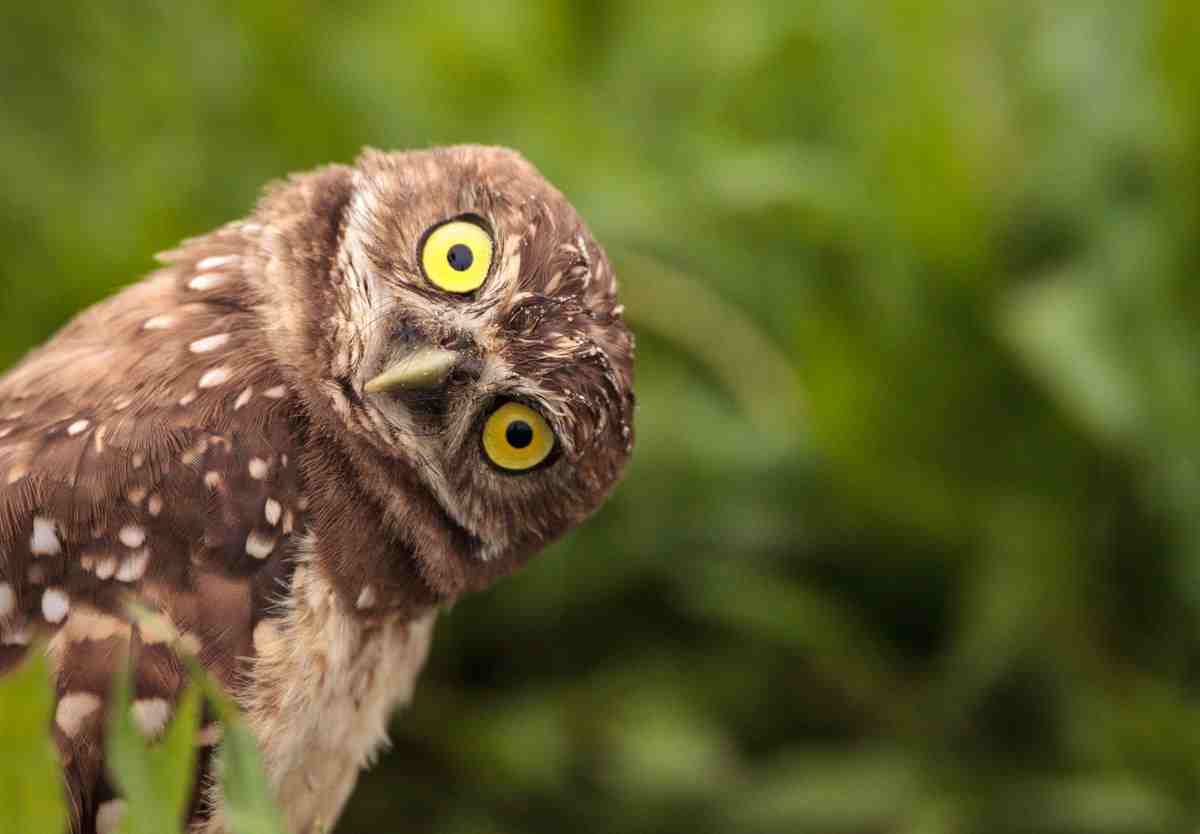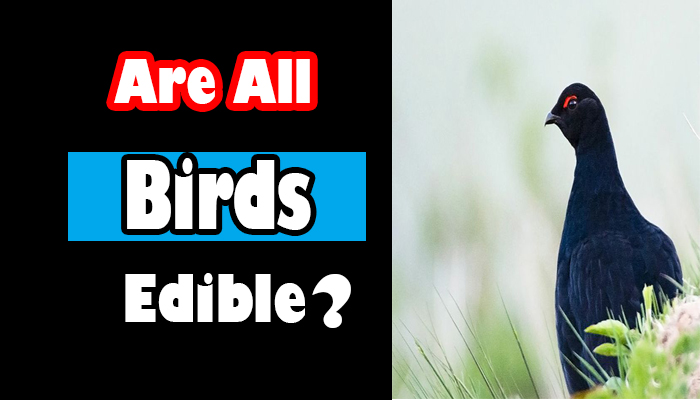Unlocking the Mystery of Avian Vision: Can Birds Move Their Eyes?
As a dedicated ornithologist, I’m here to take you on a journey through the intricate world of bird eyes and answer a question that has intrigued bird enthusiasts for ages: Can birds move their eyes?
In this article, we’ll explore the remarkable structure of avian eyes, delve into the mechanics of their eye movements, compare bird vision to human vision, and unveil the secrets of nocturnal birds. So, fasten your seatbelts as we embark on this feathered adventure!
The Anatomy of Avian Eyes
Let’s begin by dissecting the marvellous anatomy of avian eyes. Birds have evolved incredibly sophisticated visual systems tailored to their specific needs. A few unique features characterize their eyes:
Related Post: Are Birds Born with Feathers
1. Large Eyes
Birds, despite their small size, boast disproportionately large eyes. These oversized peepers allow for enhanced light-gathering capabilities, crucial for activities such as foraging and predator detection.
2. Extraocular Muscles
Unlike humans, birds cannot move their eyes within their sockets. Instead, they rely on a set of powerful extraocular muscles that control eye movement. But can they truly move their eyes?
Can Birds Move Their Eyes

The answer to this question is both yes and no. Birds have a limited degree of eye movement within their sockets. They can shift their gaze slightly to the left, right, up, and down. However, their eyes are not as agile as ours; they lack the mobility to roll or rotate fully like human eyes. This restricted movement is due to the unique shape of their eye bones.
Types of Eye Movements
To understand how birds control their vision, it’s essential to explore the types of eye movements they employ:
See More: Are All Birds Edible
1. Saccadic Movements
Birds rely heavily on rapid, jerky saccadic movements to change their focus. These quick shifts are well-suited for spotting prey, tracking fast-moving insects, or scanning the surroundings for potential threats.
2. Head Movement
In many cases, birds compensate for limited eye mobility by moving their entire heads. This allows them to achieve a wider field of view and pinpoint objects with greater precision.
Bird Vision vs. Human Vision

Birds see the world quite differently from us. Their visual acuity is exceptional, allowing them to discern fine details and colors that are beyond human perception. Here’s a glimpse into the unique aspects of bird vision:
1. Color Vision
Many bird species possess superior colour vision compared to humans. Some can even perceive ultraviolet light, unveiling a spectrum of colours hidden from our eyes.
2. Visual Fields
While birds may have limited eye movement, they compensate with an expansive visual field. Raptors, for instance, have a broad binocular vision that aids hunting.
A Different Vision Story
When the sun sets, and darkness descends, a new chapter in avian vision begins. Nocturnal birds, such as owls, have adapted to low-light conditions in extraordinary ways:
Read Also: Can Birds Get Rabies
1. Large Pupils
Nocturnal birds have enormous pupils that can dilate widely, allowing them to capture as much available light as possible.
2. Enhanced Retinas
Their retinas are packed with rod cells, specialized for low-light vision. This adaptation grants them exceptional night vision.
Evolution of Avian Vision
The evolution of avian vision is a captivating tale of adaptation to diverse ecological niches. For over millions of years, birds have developed concepts suited to their lifestyles, whether soaring high in the sky or hunting in the depths of the forest.
Eye Movements in Domestic Birds
Are you curious about how our feathered friends at home manage their vision? Domestic birds, like parrots and chickens, exhibit fascinating eye movements and adaptations. Let’s explore these captivating creatures and their visual abilities.
Frequently Asked Questions (FAQs)
Can birds see in the dark better than humans?
Absolutely! Nocturnal birds have exceptional night vision due to their large pupils and specialized retinas.
Why can’t birds move their eyes like humans?
Birds have evolved differently, and their eye structure limits the range of movement. They compensate for this with head and body movements.
Do all birds have the same visual abilities?
Different bird species have varying visual adaptations based on their ecological niches. Some see colours we can’t even imagine!
Conclusion
The question of whether birds can move their eyes has been answered in the mesmerising world of avian vision. While their eye movements are limited compared to ours, they have evolved various adaptations that make their vision extraordinary. From the large eyes of diurnal birds to the night-vision prowess of owls, avian vision is a testament to the wonders of nature’s diversity.
So, the next time you spot a bird in flight or perched on a branch, marvel at the remarkable world it sees through its unique eyes. Bird Vision is a testament to the fascinating intricacies of the natural world and reminds us that there’s always more to discover in the skies above.




